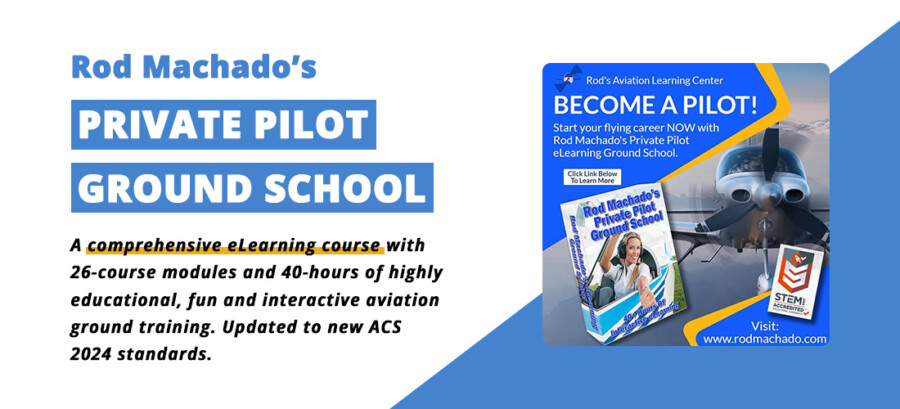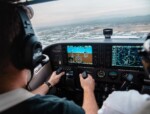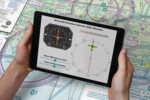How Long Does it Take to Become a Pilot?
16 February 2023 | Updated on February 05, 2024
Being a pilot can be quite an adventure, and there is little doubt that it is one of the few occupations offering daily excitement and the opportunity to visit exciting places. An often-asked question from several people who wish to train as a pilot is how long it takes to become one. The answer depends on what type of pilot you want to be.
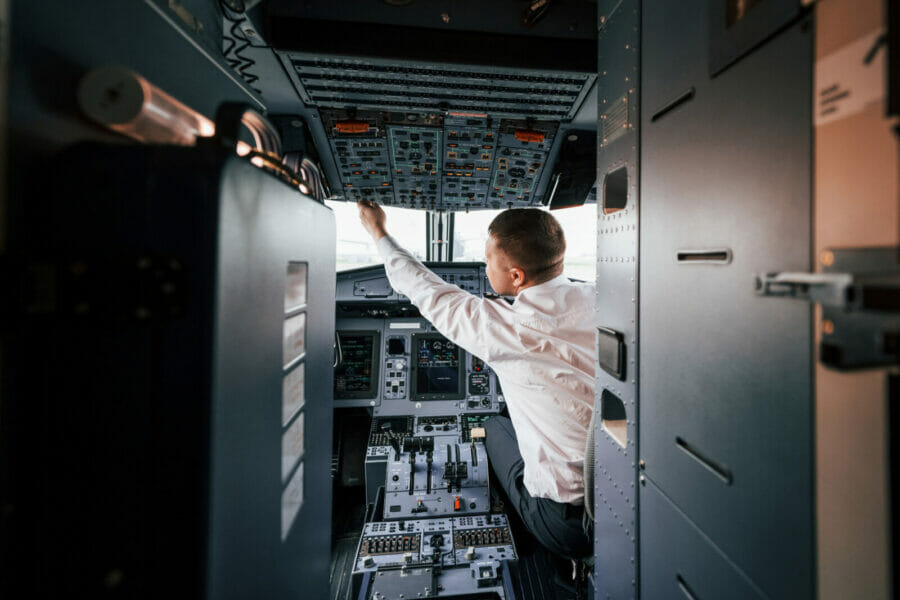
Important Disclaimer: The information and data provided here are for informational purposes only, and are subject to change over time. We strive to provide the most current and relevant information, but the dynamic nature of the topics discussed may result in changes that are not immediately reflected in our content. We recommend our readers to conduct their own research and consult with professionals when making significant decisions based on the data or information provided here. Your reliance on the information in this post is solely at your own risk.
There are different types of pilots, and the training length for each pilot class depends on your career path, flight proficiency, or flight school training modules. From an instructor to a multi-engine commercial pilot license, every aspiring pilot should understand there are no shortcuts in the flight training process. And it is why we took time to cover how long you need to train for the most common pilot types.
| FAA Minimum Required Hrs | Minimum Time | Average Time | |
| Student Pilot | – | – | 3 weeks. |
| Private Pilot | 40-35 hours | 3 months | 4-6 months. |
| Commercial Pilot | 250-190 hours | 12 weeks. | 6-24 months |
| Airline Pilot | 1500-1250 hours | 2 years. | 2-4 years |
| Air Force Pilot | – | – | 5.5 years |
| Airline Captain | – | 7 years | 15 years |
How long does it take to become a student pilot?
Training for a student pilot certificate is the first step toward achieving your dream as a pilot, and it takes an average of three weeks to become a student pilot. Without a flying instructor, you can not handle an airplane’s controls during that period. And you can only go solo after the Federal Aviation Authority FAA approves your student pilot certificate.
There are no minimum hourly requirements for issuing a student pilot certificate, but most people obtain it after about 20-25 hours. However, you must prove adequate competency in the following basic flight maneuvers to a certified instructor to receive a solo flight endorsement.
- Safe takeoffs.
- Safe landings.
- Exhibit good judgment and safety procedures during flight operations.
- Be adept at maintaining control of the aircraft.
You must pass the FAA student pilot knowledge tests to qualify for a student pilot certificate valid for two years.
The requirements for becoming a student pilot include:
- Be over 16 years old.
- Have a third-class FAA Medical Certificate.
- Fluency in the English language.
- Have a valid driver’s license.
- Pass the FAA knowledge tests for student pilots.
- Approval by an FAA-certified pilot examiner or inspector.
- You must agree to make solo flights only.

How long does it take to become a private pilot?
Becoming a private pilot is transitioning from being a student pilot and the first serious step in your quest to become a professional pilot. Although not a professional certificate (you can not take paying passengers or be paid to fly an airplane), a private pilot certification proves you can maneuver a single-engine single-engine aircraft without instructions from a certified instructor or a copilot.
Becoming a private pilot takes about three months, depending on your flight school. However, you may require another month or two of flight training before qualifying for your private pilot certificate. You can expect to spend an average of four to six months in flight training before becoming a private pilot.
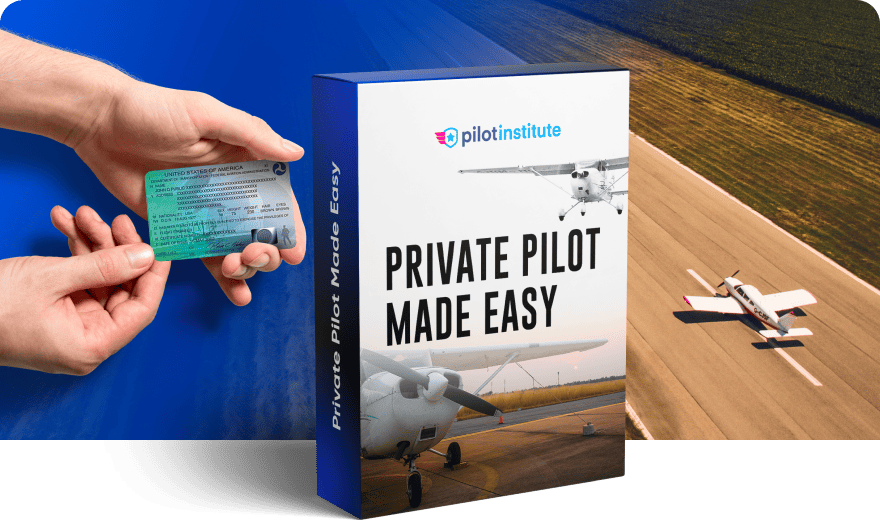
Federal aviation rules influence how long it takes to become a private pilot. Flight schools operating under FAA’s 14 CFR Part 61 regulations require a minimum of 40 hours for a private pilot certificate. In comparison, schools operating under FAA’s Part 141 rules with extra regulatory oversight, stricter paperwork, and rigid flight schedules have a lower 35 flight hours minimum requirement for a private pilot license.
Most flying instructors believe you need between 50 to 60 flight hours to become a private pilot from zero. This notion is consistent among instructors in Part 61 and Part 141 schools. According to a published report by Cessna, the national average time it takes to become a private pilot is 75 flight hours.
The requirements for obtaining a private pilot certificate include:
- A valid driver’s license.
- Minimum 40 or 35 flight hours, including night flights.
- A third-class FAA medical license.
- Pass the FAA knowledge and practical tests.
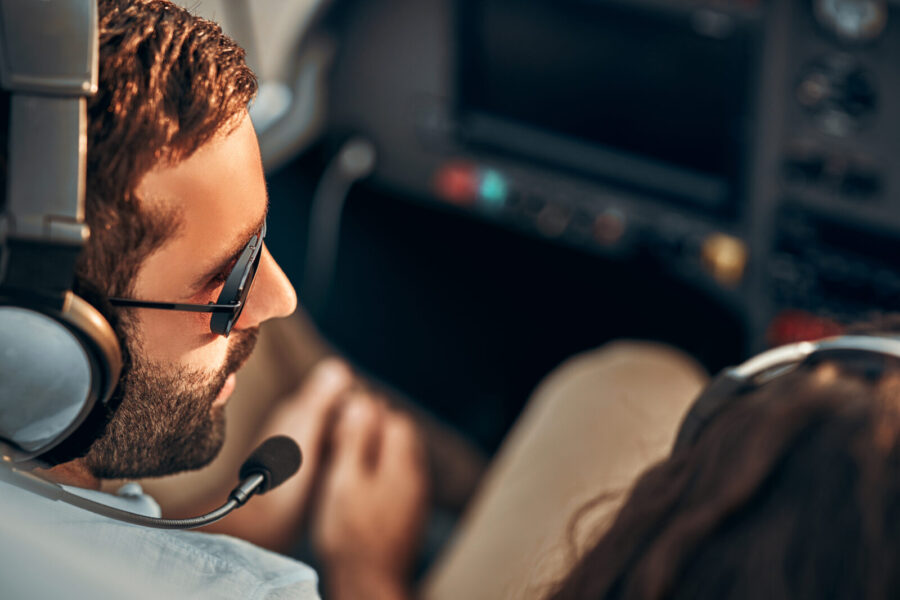

How long does it take to become a commercial pilot?
Training to become a commercial pilot is an excellent step for folks who wish to earn a living by flying airplanes. Getting your commercial pilot license CPL is the next stage after obtaining a private pilot license, and the minimum required time by the FAA is 12 weeks. However, in real life, obtaining your CPL typically takes around six months after becoming a private pilot or up to twenty-four months if you have poor flying and communication skills.
Under the FAR Part 61 rules, you must log at least 250 flight hours to obtain a commercial certificate or 190 flight hours under FAR Part 141 rules. Obtaining additional ratings and endorsements, like an instrument rating or multi-engine rating (for a commercial single-engine certificate), requires extra time, increasing the time it takes to become a commercial pilot.
A CPL is a professional license, and obtaining one allows you to offer flying services in exchange for payments, but it does not allow you to fly paying passengers. Typical jobs available to commercial pilots include flying instructor jobs, banner towing, crop dusting, aerial surveys, aerial photography, aerial tour operations, and cargo delivery.
As expected, a commercial pilot’s FAA requirements are more stringent than a private pilot’s.
The requirements for obtaining a commercial pilot certificate include:
- Be over 18 years old.
- Fluency in the English language.
- Have a private pilot certificate.
- Have a second-class FAA medical certificate.
- Have at least 190 to 250 hours flight hours.
- Be approved for single or multi-engine land class rating requirements.
- Pass the FAA written test.
- Pass FAA flight and oral tests administered by an FAA-certified inspector, examiner, or check instructor.


How long does it take to become an airline pilot?
Airline pilots have one of the most desirable jobs in the aviation industry. An Airline Transport Pilot ATP license lets you fly in the big leagues. These big boys handle the controls of massive 20-ton commercial aircraft worth several million dollars. An airline pilot certificate is professional and allows you to fly a commercial or charter plane carrying paying passengers.
Flight schools take at least two years to train an airline pilot, but the average time to build the appropriate flight experience for an ATP certification is three to four years. The FAA requires at least 1,500 hours of flight time before you are eligible to sit for the exam. However, military pilots or individuals with a professional or college flight degree have lower flight hour requirements (between 1,250 to 1,500) to be eligible for an ATP certification.
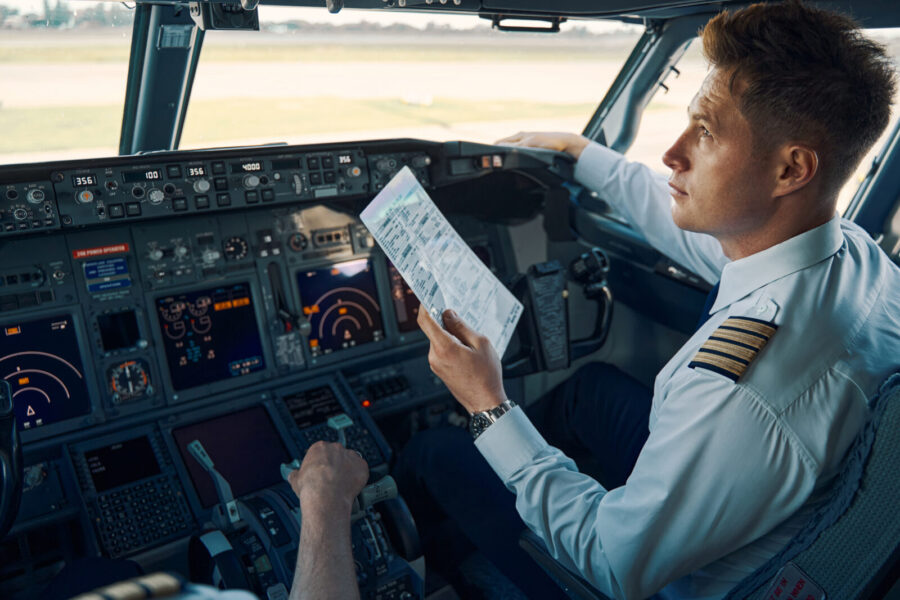

Students with zero experience typically spend the first two years of flight school getting the required FAA certifications and airplane ratings. These include student pilot license, private pilot license, instrument rating, commercial pilot single engle rating, commercial pilot multi-engine rating, certified flight instructor certificate, and certified flight instructor instrument and engine ratings. Some flight schools allowed students with CFI certification to work as flight instructors to attain the minimum 1,500 hours of flight time necessary to become an airline pilot.
The requirements for becoming an airline pilot include:
- Be over 23 years old.
- Be proficient in the English language.
- Hold at least a high school diploma or GED.
- Have over 1,500 hours of flight time, including 100 night hours, 50 hours multi-engine, 75 hours instrument, and 500 hours of cross-country flights.
- Have a valid Commercial Pilot Certificate CPL and Instrument Rating.
- Pass a First class medical exam.
- Complete the ATP written exam.
- Have a good moral character.
- Have a clean criminal record and no more than two driving violations in the past three years.



How long does it take to become an Air Force pilot?
If you have what it takes to be part of the world’s most elite group of pilots, you can join the U.S. Air Force and fly the most advanced aircraft ever built. Air Force pilots are trained to fly fighter jets, bombers, transport planes, aerial tankers, and drones during aerial warfare, transportation, and surveillance missions.
Becoming an air force pilot is lengthy and requires a four-year college degree or equivalent. It takes five to six years to become an air force pilot. Below is a breakdown of the steps required to become an air force pilot and how long each step takes.
| Details | No of Years | |
| Earn a bachelor’s degree in a science-related major like aerospace engineering or computer scene. | Require a 3.4 GPA average to qualify for an Air Force officer commission and proceed to Officer Training School. | 4 years |
| Enroll in the Air Force Officer Training Corps (AFROTC) program in college. | Enroll in an AFROTC program in college to meet the U.S. Air Force officer qualifications and become an Air Force officer after graduation. | 4 years |
| Attend the United States Air Force Academy (USAFA). | Attend the USAFA school and become an Air Force officer after graduation. | 4 years |
| Attend Officer Training School | Designed for Air Force officers without prior service experience (college graduates). It includes the Air Force Physical Fitness Test, classroom lessons, and field training. | Nine weeks |
| Pass the Air Force Initial Flight Training IFR | Flight training where students learn to fly air force trainer aircraft solo. | Two months. |
| Complete The Air Force Undergraduate Flight Training. | Advanced pilot training program teaching navigation, aerobatics, instrument flying, formation flying, etc. Successful students become U.S. Air Force pilots and are assigned to their respective aircraft (fighter/bomber/transport) for further type training. | One year. |
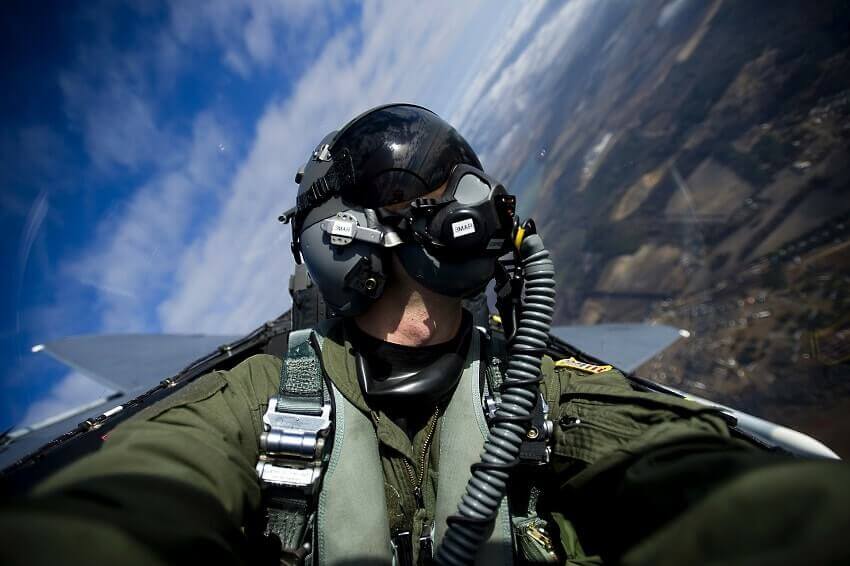

The requirements for becoming an Air Force pilot include:
- You must be over 18 years and under 32 years at the time of the selection board.
- Be a native-born or naturalized American citizen.
- Have a standing height between 5ft 4in and 6ft 4in.
- Have a seating height of between 34 to 40 inches.
- Possess at least 20/40 near vision in both eyes and 20/200 distant vision.
- Have normal color vision without poor depth perception. Candidates must not have a history of laser surgery.
- Posses clear hearing.
- Must weigh between 103 lbs and 245 lbs.
- Have or within 365 days of obtaining an undergraduate degree or its equivalent with at least a 2.5 GPA.
How long does it take to become an airline pilot captain?
Airline pilot captains are among the most experienced pilots in the aviation industry. The role of a pilot captain is revered, and you can expect to spend at least ten years as a First Officer before becoming captain. While there are reports of pilots becoming a captain within seven years, the chances of becoming a captain with one of the major airlines are between 8-12 years.
Can foreigners become a pilot in the United States?
There is little doubt that the United States has the world’s largest aviation industry. Thus, many people from other countries want to become a pilot in the United States. The good news is that you can learn to fly in the U.S. However, there are stringent guidelines for international students wishing to enroll at a flight school. Read the TSA guidelines for receiving a security threat assessment before starting your program.
Airlines in the United States can also hire foreign pilots to fill the shortage of professional pilots in the aviation industry. However, airlines must obey all appropriate regulations and ensure that foreign pilots have the required FAA certifications before handling the controls of an aircraft within the U.S. airspace.
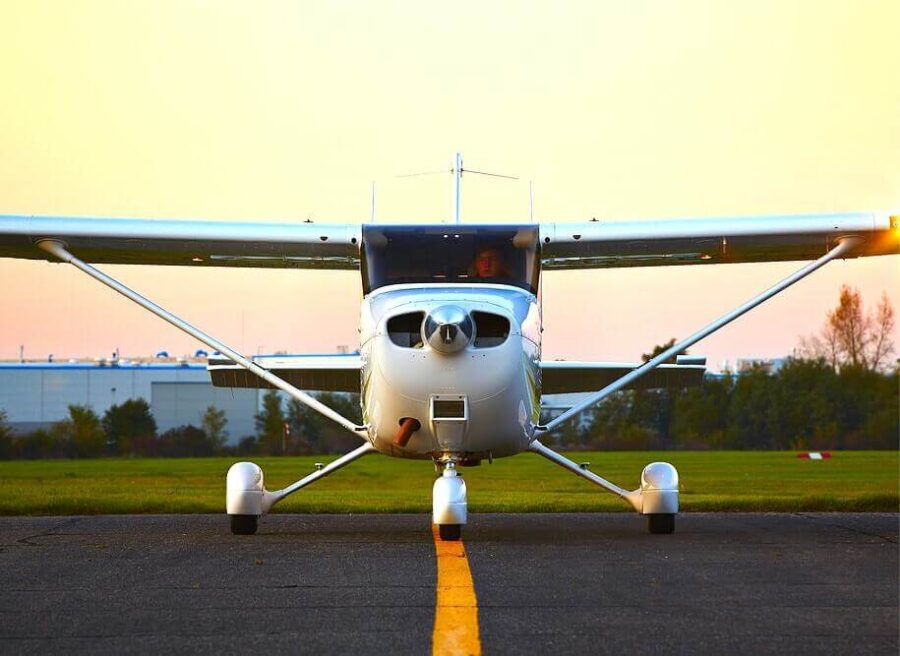

Conclusion
Becoming a pilot is a great career choice, and the time you spend training to become one depends on the pilot certificate you want. More demanding pilot certifications like the ATP certificate typically take longer than a PPL. But the upside is that it allows you to make a living by doing what you love. However, pursuing a shorter non-professional pilot license is a good idea if you only want to fly for fun with family and friends.






















